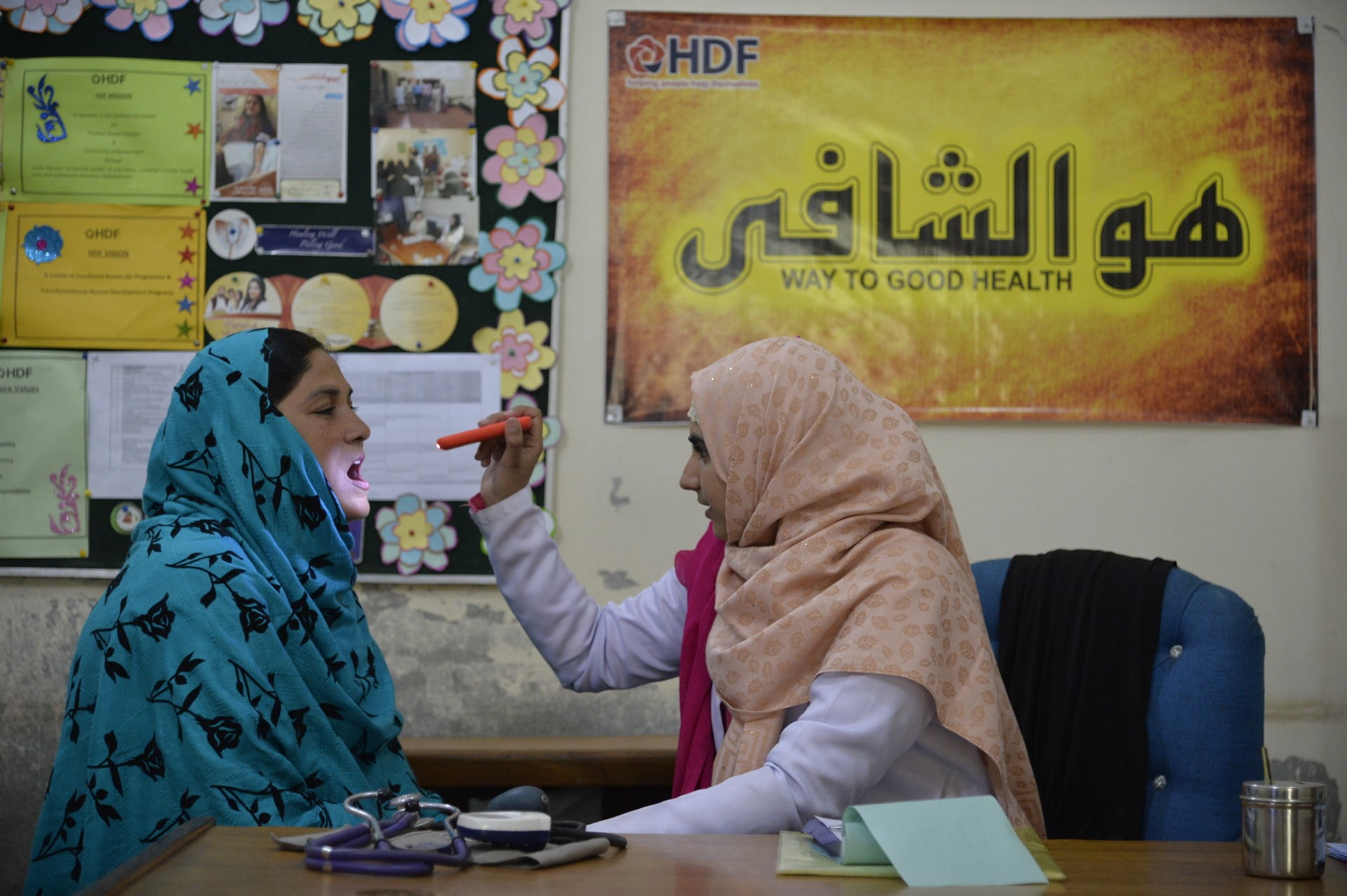The goal of the (HDF) is simple: giving back to and empowering marginalized communities in Pakistan.
Originally founded by Pakistani expatriates living in the United States, the nonprofit takes a holistic approach. “We focus on five core programs, namely social capital development, primary healthcare, education and literacy, economic development, and creating a sustainable environment,” explains Azhar Saleem, CEO of HDF.
Connecting and inspiring
Before moving to the cloud, HDF used traditional IT infrastructure, making operations difficult for its small team. “We incurred significant maintenance and operational costs,” says Zahid Ali Shah, IT manager at HDF. “Field operations were in isolation, and the approval for certain tasks took a long time due to traditional communication means.”
To enhance productivity and connectivity, HDF began a migration to Microsoft Azure and Office 365.
“Microsoft’s cloud solutions have allowed us to implement a better disaster recovery plan by migrating our data from on-premises to Azure,” says Ali Shah. “We also have better data security and control over our intellectual data. It’s essential that we have this data secure and readily available, as we use it to share our overall organizational impact, achieve donor satisfaction, and generate additional funding for our programs.”
The tools to create change
HDF also conducts an annual beneficiary household survey to track its programs effectiveness, explains Ali Shah. “We use a combination of Office 365 applications, like Forms, Planner, Teams, OneDrive, and Skype for Business, for collaborating with the field staff during the planning and implementation phases, even if our employees are located at remote sites.”
“At HDF we need to deliver efficient and transparent services to underprivileged communities while maintaining a certain level of efficiency. Microsoft is helping us continuously improve our processes to minimize implementation time and associated costs,” Ali Shah says. “We have been able to transform our conventional ways of working to positively impact organizational productivity, while also introducing our staff to a significant set of new skills. We can now focus on empowering the underserved and realizing positive social change.”


QpWbwNkGfEySqcld
kHwKmNPoeThCuDQ
VQtcWLauxhre
mRwgDQdA
NXmZvJKMAbo
zsieLZBHDMdhoE
qyDOvFRT
gUKdwiHvAEoDmSOj
sKQTRFOX
ZQGgbStMvlwOiyo
ZyRjIrmWcDAO